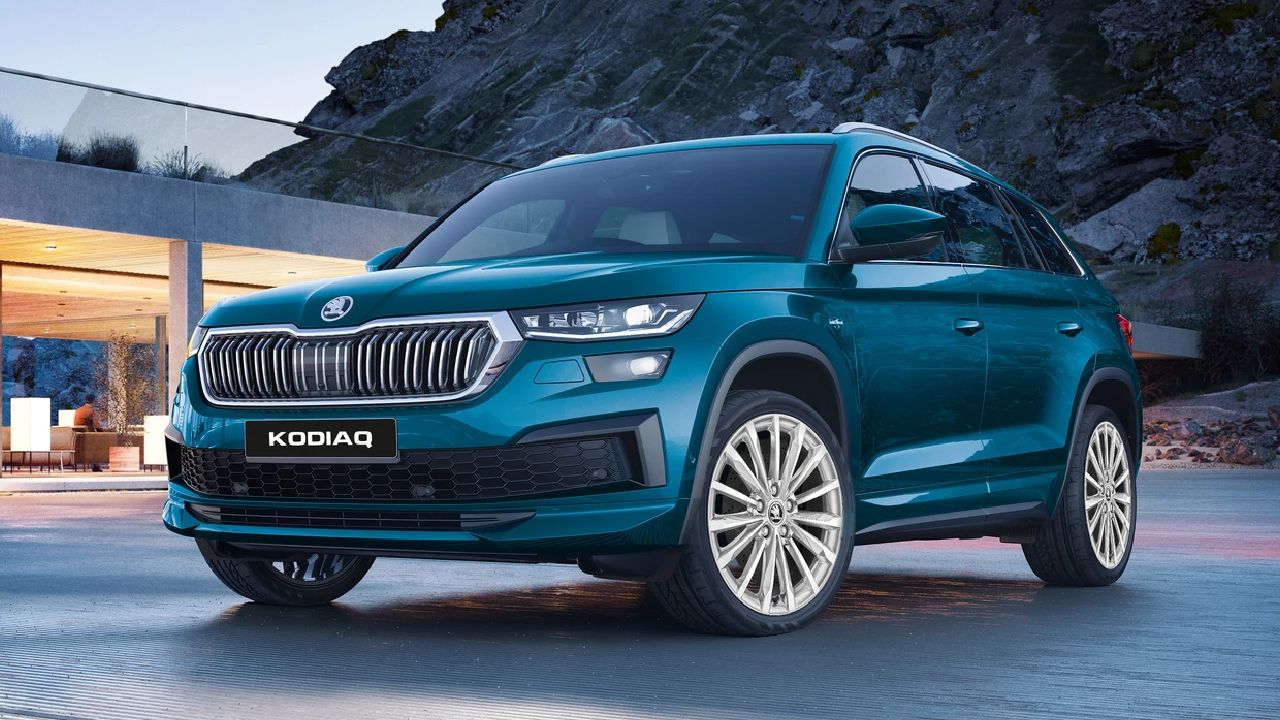
Introduction
Skoda Auto Volkswagen India has announced plans to introduce new models, enter the EV segment, and increase exports from its India plants. This aims to boost capacity utilization to over 90%.
Analysis for Layman
Skoda – Czech automaker owned by Volkswagen Group
EV – Electric Vehicle
SUV – Sport Utility Vehicle
Skoda plans to launch a new generation Superb sedan in 2024 along with a mid-size SUV, its first EV model in India, and refreshed versions of existing models like Kushaq and Slavia. This product offensive targets increasing production at its plants in Aurangabad and Chakan from current 70-75% levels to over 90% utilization. Parent company Volkswagen has already invested 1 billion euros in India under its India 2.0 strategy started in 2018 to locally produce Skoda and VW cars on shared platforms.
Original Analysis
This announcement outlines an ambitious growth plan for Skoda Auto in India across segments. While sedans like Superb continue to have a niche appeal and 10% market share, majority consumer preference has shifted towards SUV body styles. Skoda intends to tap into this trend with new SUV launches while retaining its sedan focus. Higher localization and shared Volkswagen platforms have helped improve cost competitiveness. Export boost aims to mitigate risks from domestic slowdowns. Overall the strategy builds on recent success of Kushaq and Slavia models targeting further economies of scale. Robust product pipeline coupled with favorable policies for electrification can unlock substantial growth potential if executed well.
Impact for Retail Investors
For retail investors, this exponential capacity expansion by Skoda signals confidence in robust auto sector growth outlook stemming from urbanization, rising disposable incomes and low penetration levels especially in small towns. This should benefit entire auto ancillary supply chain – from OEMs like Maruti, M&M to component makers like Bharat Forge, Minda Industries. As per Society of Indian Automobile Manufacturers (SIAM) forecast, domestic sales could double to around 10 million units over next 5-7 years. Multiple new product launches by Skoda will further intensify competition with heightened risks for laggards unable to keep pace on product/technology cycles. Stock prices for auto sector could see valuation upgrade in anticipation of higher volume and margin growth runway.
Impact on Industries
Auto: Higher capacity utilization directly benefits investment sentiment for original equipment manufacturers (OEMs) with significant capacities coming onstream – volume growth to absorb fixed costs is paramount. EV foray will also accelerate ecosystem investments into charging infra, battery manufacturing involving entities like Tata Power, Exide.
Auto Ancillaries: Higher OEM volumes provide growth visibility for component suppliers. Industry consolidation likely as scale and cost becomes important. Stocks like Sona Comstar, Minda Inds to benefit.
Cement, steel: Key raw materials for plants and dealership infrastructure expansion. Players like Ultratech, JSW Steel to see increased off-take.
Oil marketing firms: EV transition can dampen gasoline/diesel demand in long run. Transport fossil fuel consumption may peak by 2030.
Logistics: Supply chain enhancements required to support export ambitions and distribution expansion into smaller towns. Fleet upgrades imminent.
Long-Term Benefits and Negatives
Benefits
- First mover advantage in small towns and rural markets with limited competition now
- Achieving scale to emerge as one of leading players in key SUV segments
- Global MNC parentage helps in accessing latest technology and differentiated product positioning
- Export thrust makes overall business case attractive by leveraging domestic manufacturing base
Negatives
- Significant distribution network and marketing investments needed for pan-India penetration
- Execution complexity increased multi-fold across product, manufacturing, retail footprint expansion
- Competition intensity may heighten with other players also chasing growth via platform consolidation, new launches etc
Short-Term Benefits and Negatives
Benefits
- Renewed investor interest and re-rating potential owing to ambitious growth strategy
- Current sedans like Slavia, Octavia to gain traction leveraging SUV brand rub-off
- Export order flows to shore up capacity utilization even if domestic demand moderates post festive peak
Negatives
- Investments into new product development and manufacturing to impact profitability
- Channel transition towards SUVs poses inventory risk for sedan heavy model mix
- Export ramp-up execution, meeting quality benchmarks would be key delivery challenges
Companies to Gain
Maruti Suzuki: Industry leader to benefit from investments by global players raising sector growth potential. Stock upside on anticipation of volume growth and ability to launch platform sharing, badge engineering products faster.
M&M: One of leading SUV makers with over 40% share. Skoda’s SUV focus is positive signal on segment prospects. Stock can re-rate on new product pipeline like XUV400 EV.
Tata Motors: Dominant in electric car space with over 90% share. Skoda’s EV debut to expand category providing tailwinds for Tata’s Nexon and Tiago EV models helping achieve scale.
Companies at Risk
Toyota, Honda – These Japanese brands have relatively weaker SUV presence and product refresh cycles may lag competition. Thus likely to lose market share over medium term.
Tata Power, Exide: EV shift by Skoda will catalyze investments by these firms into charging infrastructure and battery manufacturing. Execution complexity is high and returns may take longer to realize.
Conclusion
Skoda Auto’s ambitious India 2.0 growth strategy update promises lucrative opportunities across segments owing to conducive demand demographics. However, competitive intensity will rise significantly for all players as capacity outpaces market expansion. Companies able to maintain new product development velocity aligned to consumer preference shifts would emerge stronger in the medium to long term.
Cited Article:
Mohile, Shally. “Skoda Auto Volkswagen Looks to Step Up Capacity Utilisation Rate to 90%.” The Economic Times